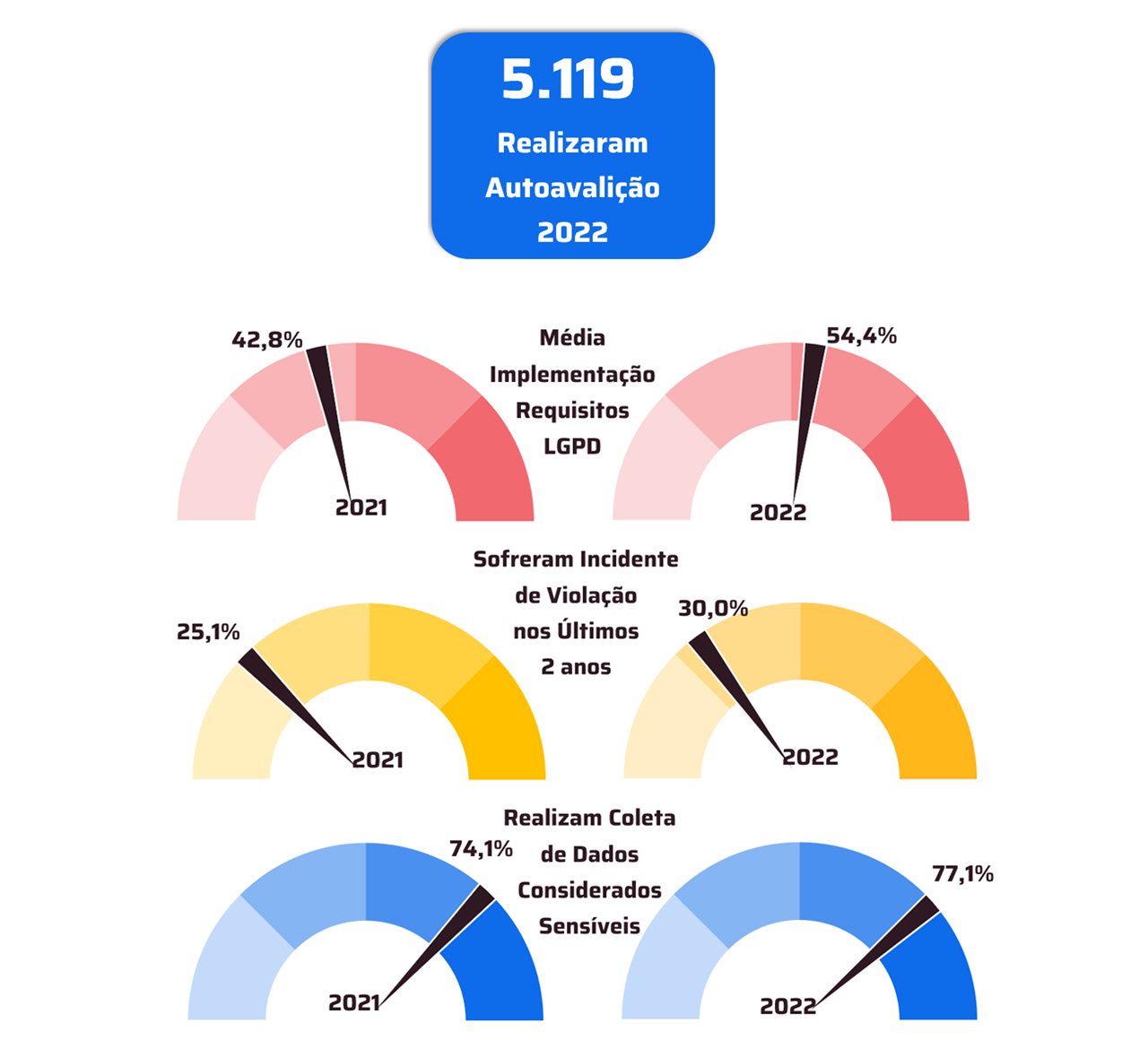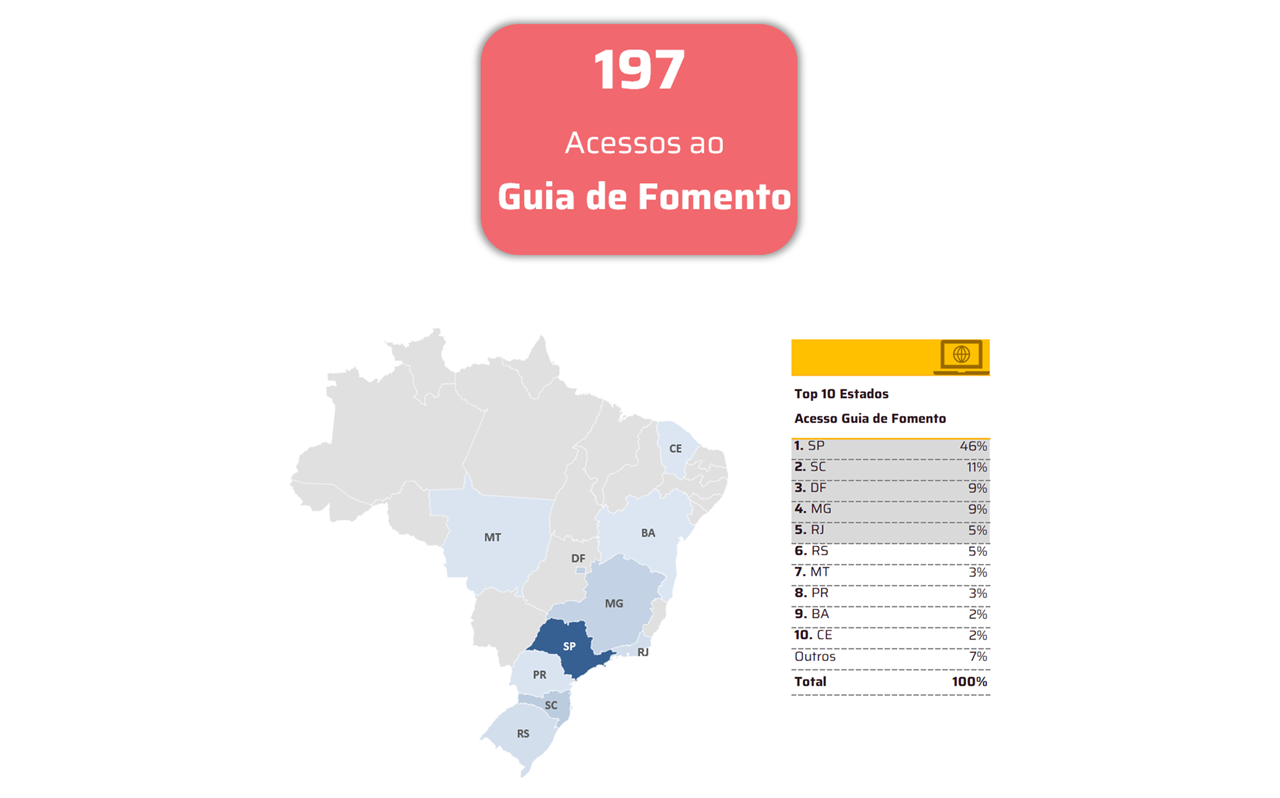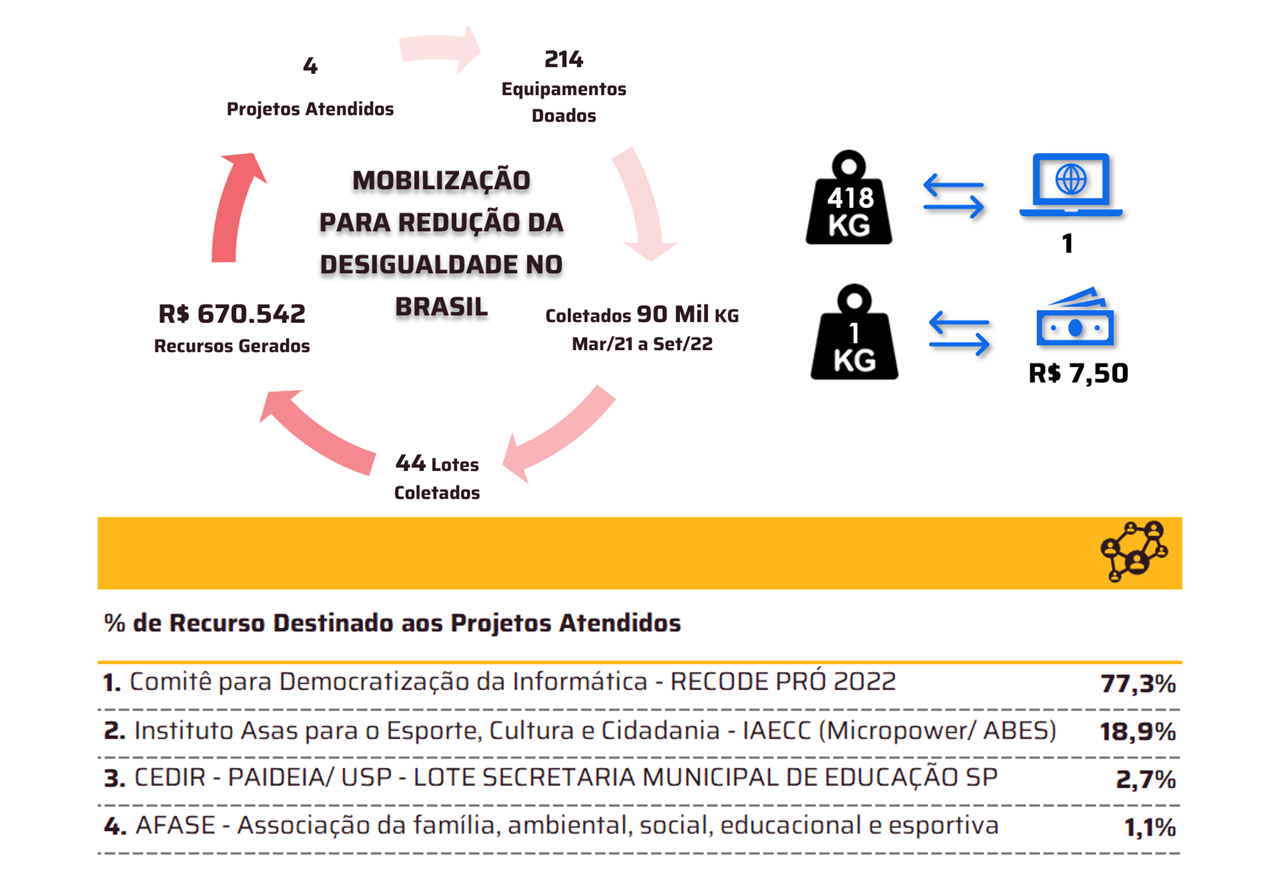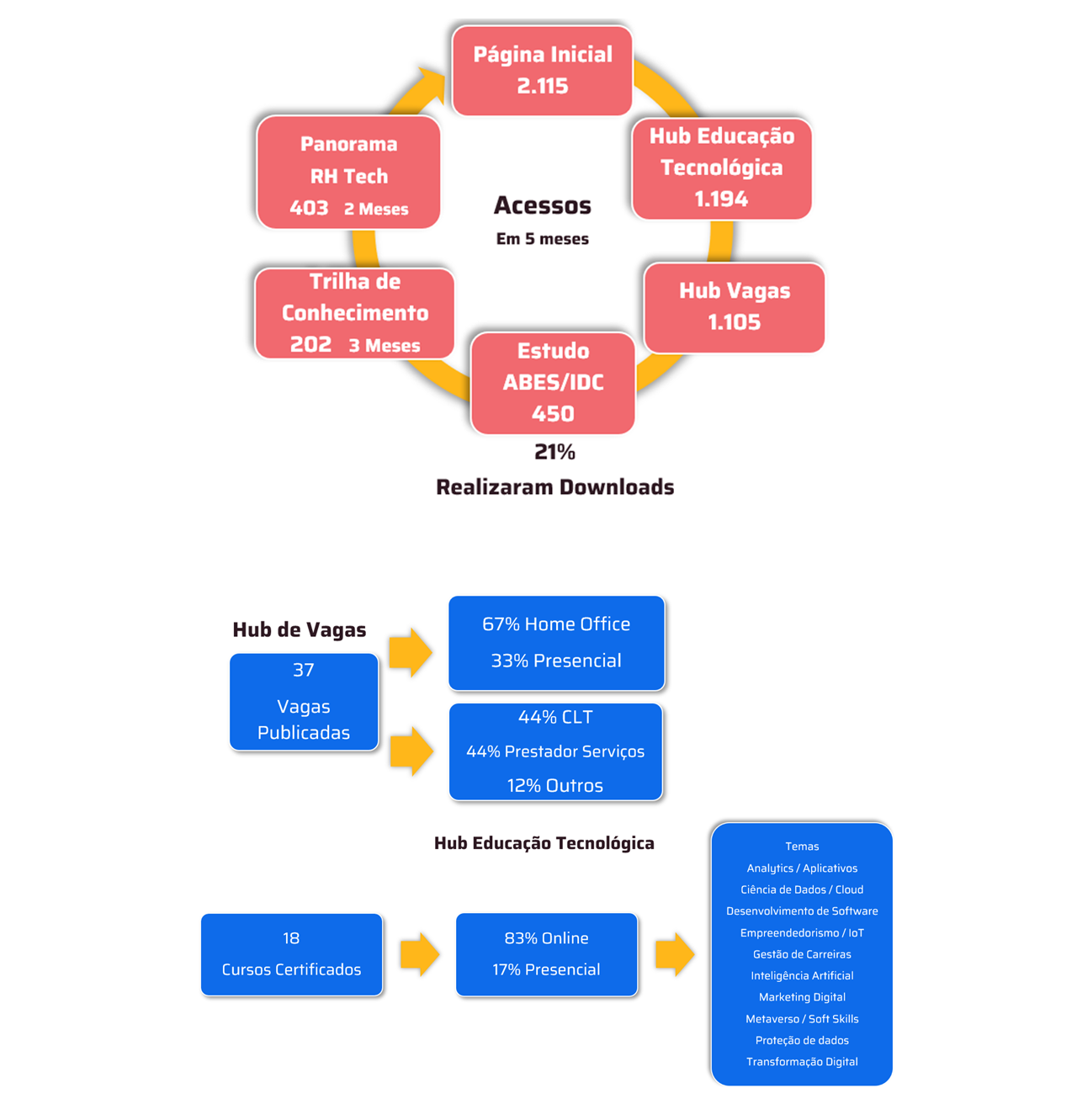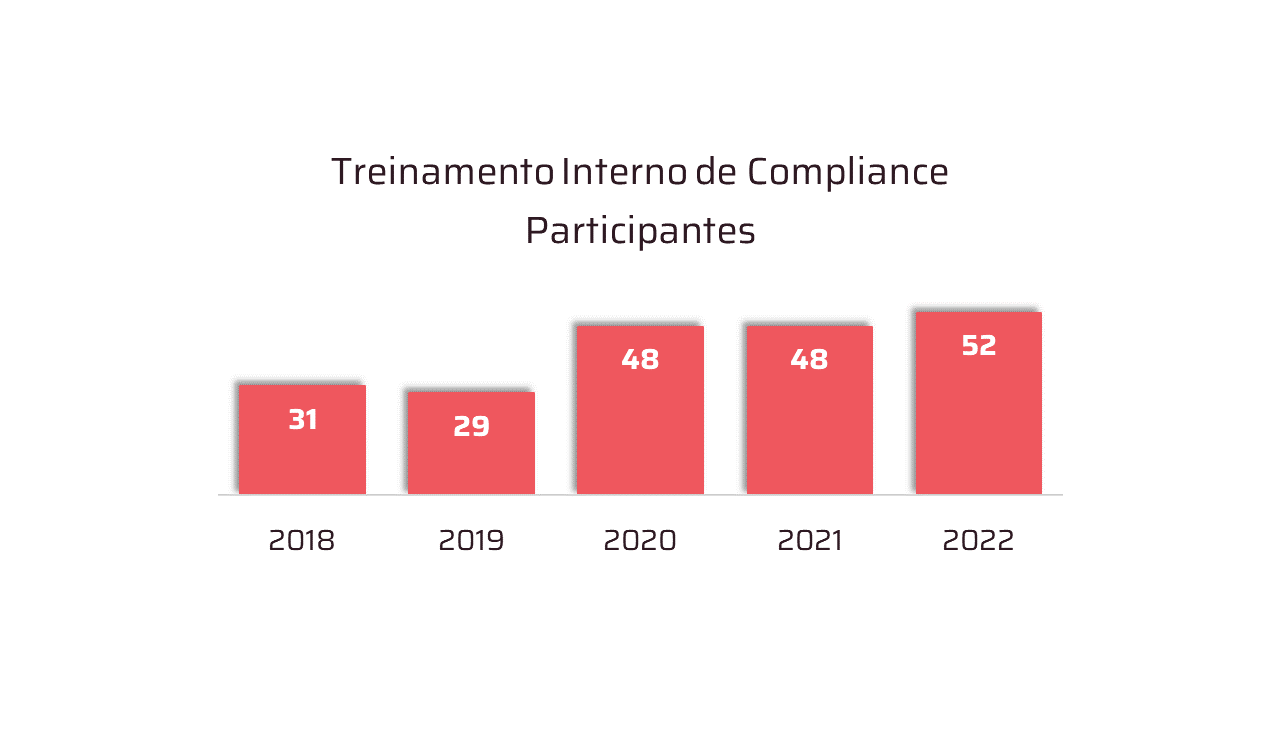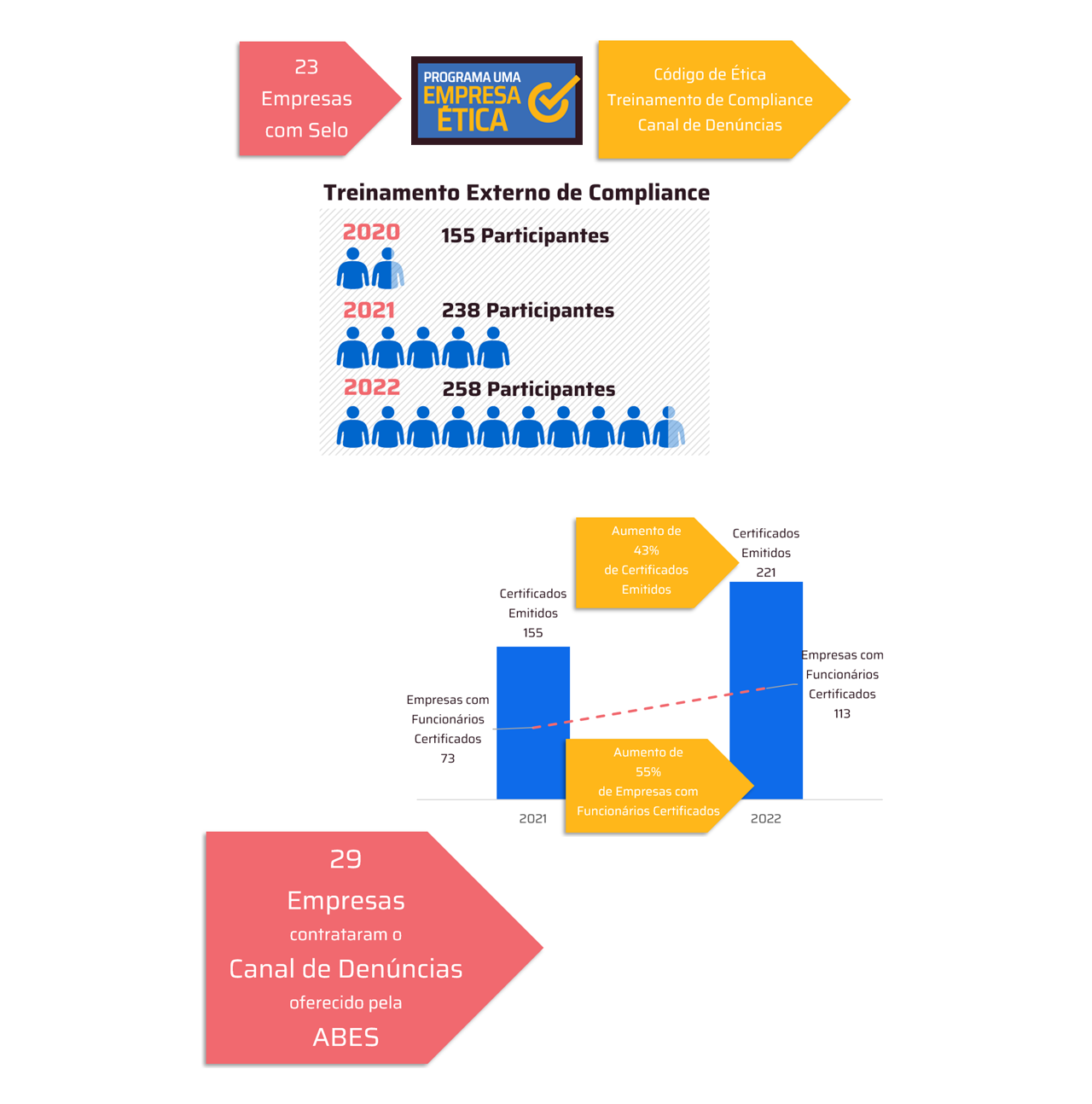 *By Alois Reitbauer
*By Alois Reitbauer
As organizations pursue digital transformation and face increasingly stringent sustainability regulations, Artificial Intelligence (AI) is being questioned for its high resource consumption and associated greenhouse gas emissions. The need for massive computing power to train and subsequently run large models cannot be ignored, but the broader debate on sustainability in IT is disproportionately focused on AI, even though other systemic factors pose a greater environmental impact.
The truth is, the broader IT ecosystem is still rife with inefficiencies. Idle servers, short hardware lifecycles, and a lack of visibility into infrastructure waste are persistent challenges that impede sustainable initiatives. AI may be the most talked-about technology, but rather than being the primary culprit, it should be the catalyst driving a broader reassessment of IT resource efficiency.
One of the most overlooked issues in data center energy efficiency, for example, is the prevalence of idle machines—those that remain on while performing little or no useful work. According to a 2024 report by Lawrence Berkeley National LaboratoryEven when idle, conventional servers can consume between 27% and 36% of their maximum power. They may appear functional, but they don't deliver any meaningful computational output, representing a significant and ongoing source of energy waste. Identifying and decommissioning these underutilized machines is now a key priority in sustainable data center management.
This misuse leads to unnecessary resource use and directly contributes to greenhouse gas emissions. However, it remains invisible to most organizations due to siloed data and limited operational awareness. Significant environmental gains, as well as cost savings, can be achieved by reducing the number of servers in production and utilizing older, cheaper hardware to maintain existing systems. As data centers continue to grow and usage increases, ignoring the problem is simply unsustainable.
Another concern is the amount of CO₂ emissions caused by the production and underutilization of hardware, rather than energy consumption. Studies show that embodied emissions from the production and disposal of IT hardware can account for more than half of total lifecycle emissions, making sustainable use and reuse a critical factor in IT sustainability efforts. The hardware lifecycle, from raw material extraction to disposal, is riddled with bottlenecks, such as suboptimal systems, unnecessary upgrades, and inadequate disposal methods. Prioritizing sustainable use, cloud migration, and proper recycling procedures is necessary for a greener approach.
Sustainability in IT doesn't strive for perfection, but rather for optimization and adaptability. Systems that can self-adjust to reduce waste and dynamically respond to ever-changing demands are essential to addressing the structural inefficiencies that persist in the technology ecosystem.
If organizations are serious about prioritizing sustainability, they must go beyond one-off improvements and adopt systems that provide real-time insights and control. This is where observability becomes crucial.
Observability provides the data and context organizations need to make informed and impactful operational decisions. With a clear view of infrastructure performance, teams can identify underutilized resources, reduce energy usage, and maximize hardware utilization. All while extending the lifespan of their IT systems.
For example, observability can determine where energy is being consumed unnecessarily, allowing teams to dynamically and efficiently redistribute workloads. These insights not only support sustainability goals but also generate cost savings and greater operational resilience.
By facilitating real-time knowledge of performance, usage, and deficiencies, observability makes sustainability efforts tangible. It transforms environmental goals into measurable outcomes that organizations can act upon.
Systemic factors that impede sustainable efforts are an industry-wide issue. But once identified, organizations are prepared to take meaningful action. Or they may consciously choose not to. And this choice carries not only environmental costs, but also financial and reputational costs.
Sustainability is ultimately a systems engineering challenge, and observability is the tool that equips organizations to face it head-on. By providing deep, actionable insights into where waste occurs, observability transforms sustainability from an abstract goal into a concrete operational priority, especially when the scale of the potential cost savings becomes clear to the company.
Once inefficiencies become visible, organizations can either act or consciously ignore the consequences. We can't fix what we can't see. But once we see it, we are accountable. With observability, sustainable IT becomes more than an ambition; it becomes a measurable operational reality.
*Alois Reitbauer, Chief Technology Strategist at Dynatrace
Notice: The opinion presented in this article is the responsibility of its author and not of ABES - Brazilian Association of Software Companies









